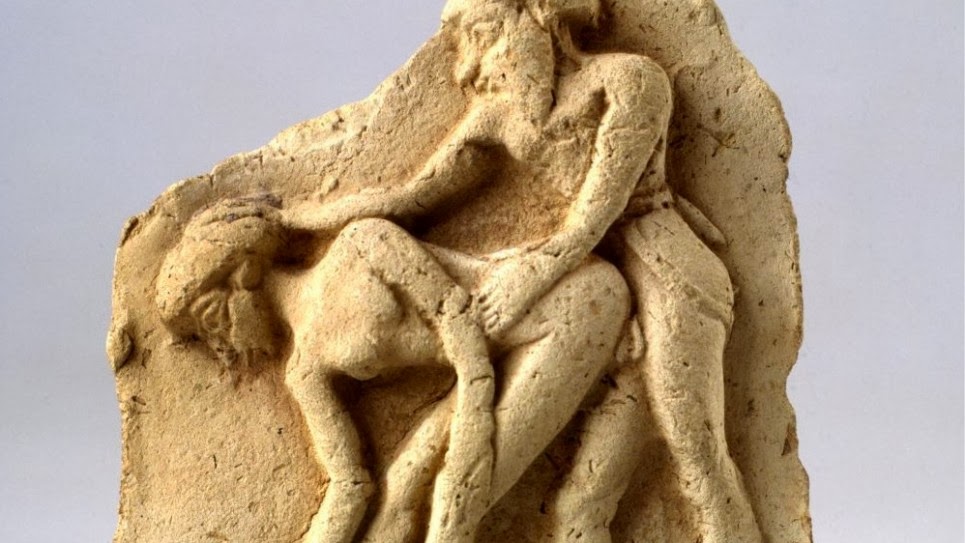1. A New Pharaoh from an Unknown Dynasty?
Archaeologists from the Penn Museum at the University of Pennsylvania have discovered a previously unknown Pharaoh (no, this is not a General Sisi joke) named Senebkay:
Giant Sarcophagus Leads Penn Museum Team in Egypt To the Tomb of a Previously Unknown Pharaoh:
Archaeologists working at the southern Egyptian site of Abydos have discovered the tomb of a previously unknown pharaoh: Woseribre Senebkay—and the first material proof of a forgotten Abydos Dynasty, ca. 1650–1600 BC. Working in cooperation with Egypt's Supreme Council of Antiquities, a team from the Penn Museum, University of Pennsylvania, discovered king Senebkay's tomb close to a larger royal tomb, recently identified as belonging to a king Sobekhotep (probably Sobekhotep I, ca. 1780 BC) of the 13th Dynasty.
 |
| Senebkay (Penn Museum) |
The discovery provides significant new evidence on the political and social history of Egypt's Second Intermediate Period. The existence of an independent "Abydos Dynasty," contemporary with the 15th (Hyksos) and 16th (Theban) Dynasties, was first hypothesized by Egyptologist K. Ryholt in 1997. The discovery of pharaoh Senebkay now proves the existence of this Abydos dynasty and identifies the location of their royal necropolis at South Abydos in an area anciently called Anubis-Mountain. The kings of the Abydos Dynasty placed their burial ground adjacent to the tombs of earlier Middle Kingdom pharaohs including Senwosret III (Dynasty 12, ca. 1880–1840 BC), and Sobekhotep I (ca. 1780 BC). There is evidence for about 16 royal tombs spanning the period ca. 1650–1600 BC. Senebkay appears to be one of the earliest kings of the "Abydos Dynasty." His name may have appeared in a broken section of the famous Turin King List (a papyrus document dating to the reign of Ramses II, ca. 1200 BC) where two kings with the throne name "Woser...re" are recorded at the head of a group of more than a dozen kings, most of whose names are entirely lost.Not everyone will think this is super-cool, but given the other recent archaeological discoveries I noted just a week ago, a new Pharaoh is as good as it gets.
2. Israel Museum Proves Ancient Mesopotamians Had Sex
As near as I can tell from the museum website this isn't even a specific exhibit at the Archaeological Wing of the Israel Museum (which has a spectacular collection, by the way), so much as a focus on one issue by The Times of Israel: "4,000-year-old erotica depicts a strikingly racy ancient sexuality." (Let me note that the image below may be considered NSFW despite being a thousands-of-years-old terra-cotta tablet.)
 |
| Terra-Cotta Tablet (Times of Israel) |
I wonder if they've ever heard of the Turin Erotic Papyrus.





No comments:
Post a Comment